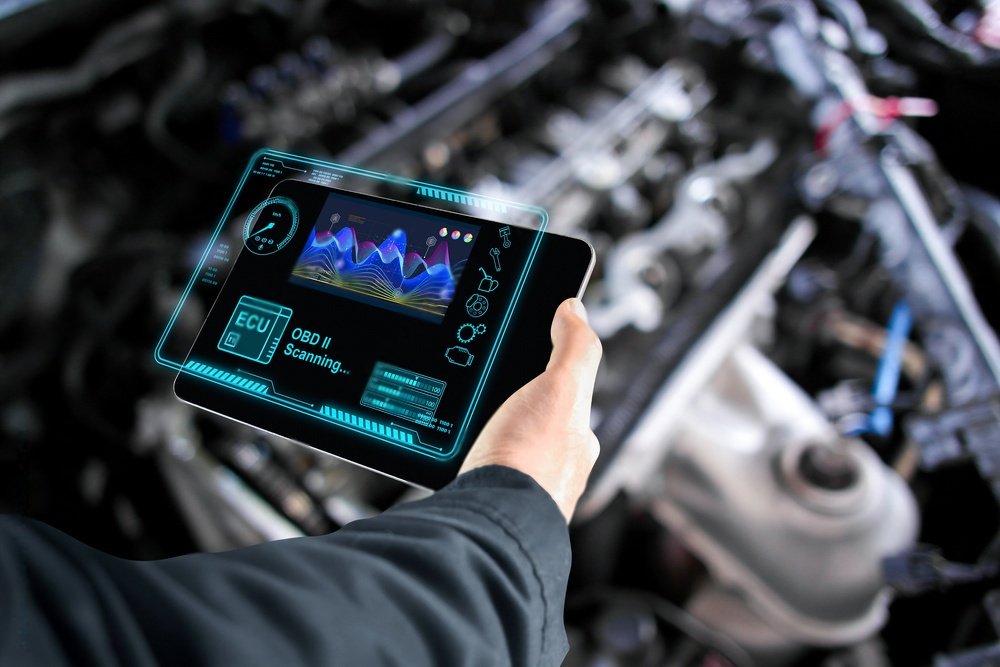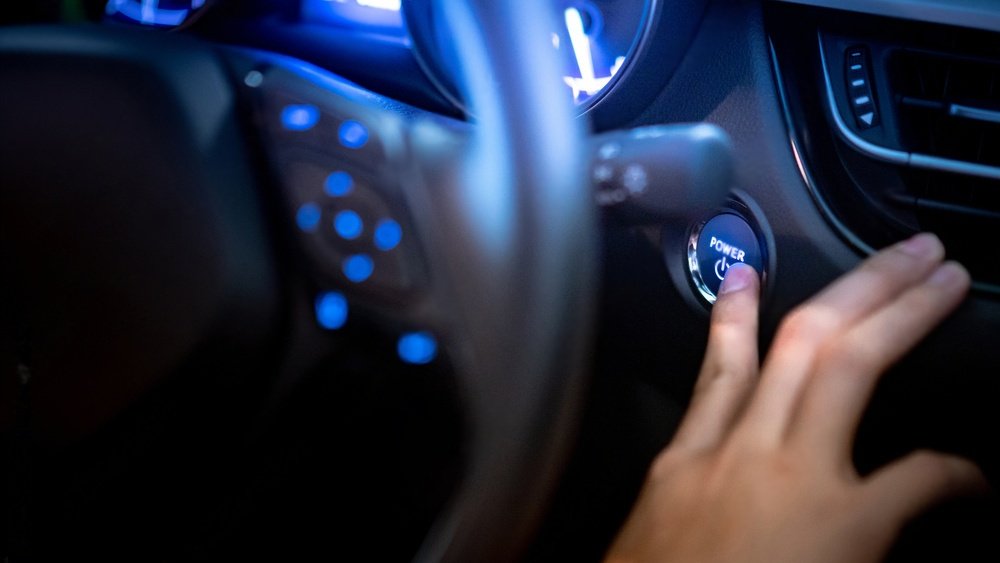Forlygtejustering
Introduction
Properly aligned headlights are essential for optimal visibility and safety while driving at night or in adverse weather conditions. Over time, headlights may become misaligned due to factors such as vehicle vibrations, rough roads, or minor collisions. Headlight adjustment is a maintenance procedure that involves aligning the headlights to ensure they provide the best possible illumination without blinding other drivers. This adjustment helps improve visibility, reduce glare, and enhance safety on the road.
Why Headlight Adjustment Matters?
Correctly aligned headlights are crucial for safe driving, especially during nighttime or in low-light conditions. Misaligned headlights can reduce visibility, create glare for oncoming drivers, and compromise overall safety on the road. Headlight adjustment helps ensure that your headlights are properly aimed, providing optimal illumination of the road ahead while minimizing glare for other drivers.

Improves Visibility
Properly aligned headlights improve visibility of the road ahead, allowing you to see obstacles, pedestrians, and other vehicles more clearly, especially in low-light conditions.
Reduces Glare
Correct headlight alignment reduces glare for oncoming drivers, improving their visibility and reducing the risk of accidents caused by blinding headlights.

Steps Involved in Headlight Adjustment
Adjusting the headlights on your vehicle is a relatively straightforward process that can be done with basic tools. Below are the main steps involved:
1. Park on a Level Surface
Park your vehicle on a level surface facing a flat wall or garage door. Make sure the vehicle is at a distance of approximately 25 feet (7.6 meters) from the wall, with the headlights aimed at the wall.
2. Mark Headlight Beam Centers
Use masking tape or chalk to mark the horizontal and vertical centerlines of each headlight beam on the wall. This will serve as a reference point for adjusting the headlights.

3. Adjust Headlight Alignment
Using a screwdriver or a specialized headlight adjustment tool, locate the adjustment screws or knobs on the back of the headlight housing. Turn the screws or knobs to adjust the vertical and horizontal aim of the headlights until the light beams align with the marked centerlines on the wall.
4. Test Headlight Alignment
After adjusting the headlights, test their alignment by driving the vehicle on a dark road or in an empty parking lot. Ensure that the headlights provide adequate illumination of the road ahead without causing glare for other drivers.
Benefits of Headlight Adjustment
Properly aligned headlights offer several benefits, including:
Improved Visibility
Correct headlight alignment enhances visibility of the road ahead, allowing you to see obstacles and hazards more clearly, especially in low-light conditions.
Reduced Glare
Proper headlight alignment reduces glare for oncoming drivers, improving their visibility and reducing the risk of accidents caused by blinding headlights.
Enhanced Safety
Optimal headlight alignment enhances safety on the road by improving visibility and reducing the likelihood of accidents, particularly during nighttime driving.
Long-Term Cost Savings
Regular headlight adjustment helps prolong the lifespan of headlights and reduces the need for costly replacements or repairs due to misalignment issues.
Conclusion
Headlight adjustment is a crucial maintenance procedure that improves visibility and safety on the road. By ensuring that your headlights are properly aligned, you can enhance visibility, reduce glare, and promote safe driving practices for yourself and other road users. If you’re unsure about performing headlight adjustment yourself, consult a qualified mechanic or automotive technician for assistance.



